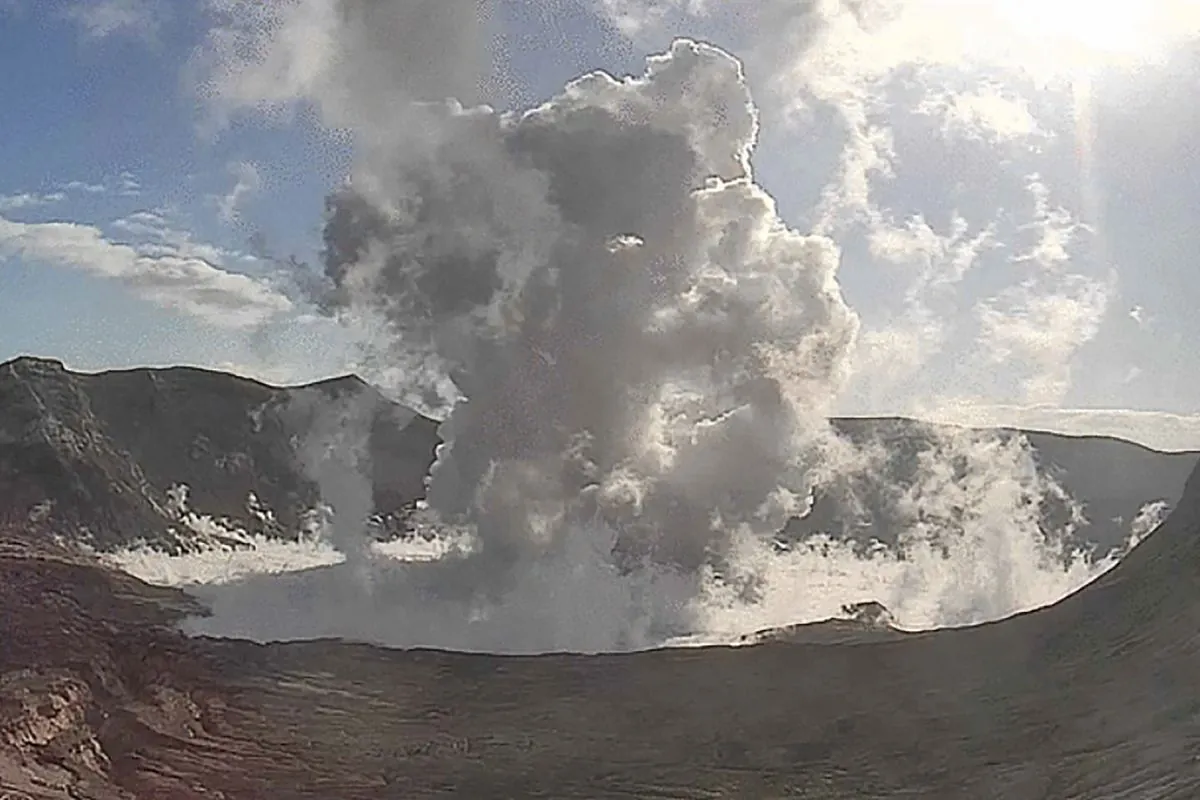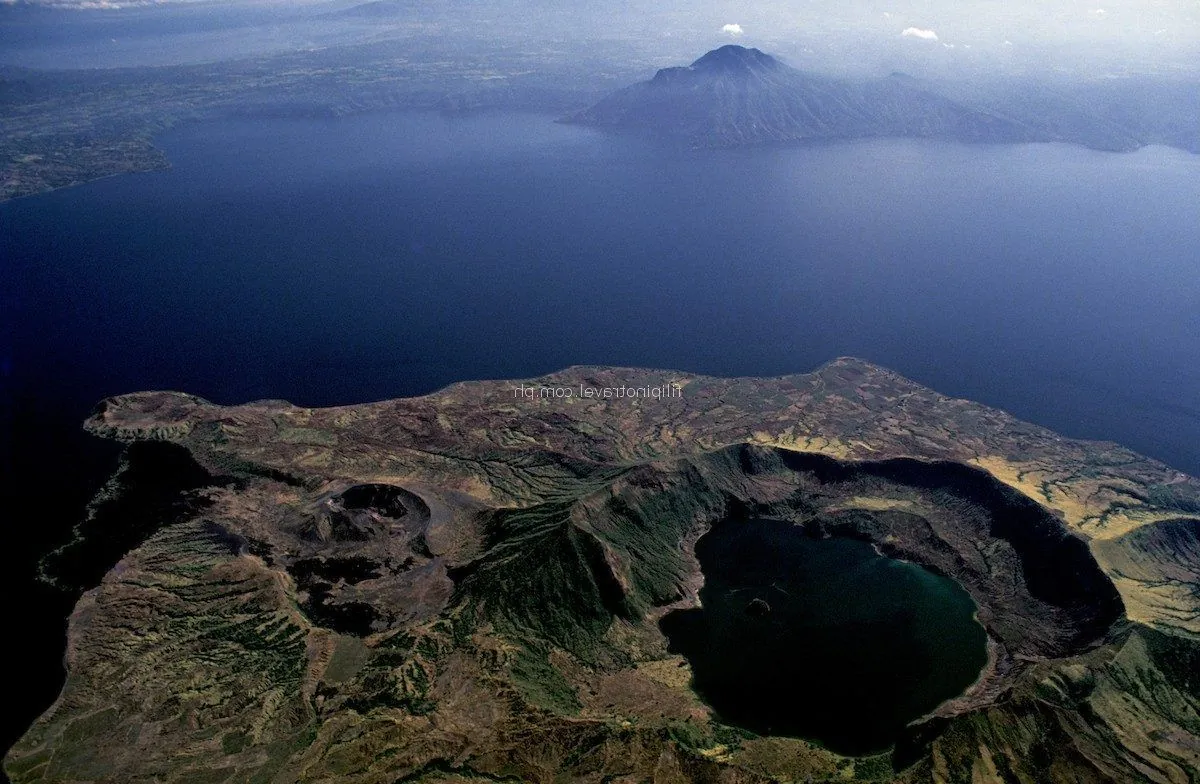Taal Volcano Erupts: Steam Plume Rises Over 2 km High
Taal Volcano in the Philippines has erupted, producing a 2 km high steam plume. No immediate evacuations or injuries reported, but authorities remain vigilant due to the volcano's history of destructive eruptions.

On October 2, 2024, the Taal Volcano in the Philippines experienced a significant eruption, producing a steam plume exceeding 2 kilometers in height. This event has drawn attention to one of the world's smallest active volcanoes, located approximately 70 kilometers south of central Manila.
Teresito Bacolcol, the chief of the Philippine seismology agency, characterized the eruption as phreatomagmatic, a process involving the interaction of magma with water. This type of eruption typically results in a substantial steam plume, as observed in this case.
Despite its modest elevation of only 311 meters, Taal Volcano has a history of potent and sometimes deadly eruptions. The volcano is part of the Pacific Ring of Fire and is the second most active volcano in the Philippines, with 34 recorded historical eruptions since its earliest known eruption in 1572.

The current eruption has not prompted any immediate evacuations, and the alert level remains at its lowest point on the scale. However, authorities are closely monitoring the situation, given the volcano's potential for significant impact. Taal Volcano is classified as a "Decade Volcano" by the International Association of Volcanology and Chemistry of the Earth's Interior, highlighting its importance for study and monitoring.
Previous eruptions of Taal Volcano have had far-reaching consequences. In January 2021, thousands of people were evacuated following an eruption that produced a 1-kilometer high plume. A year earlier, in 2020, a more severe eruption forced over 100,000 people to abandon their homes and caused widespread disruption in the capital region.
The volcano's deadliest recorded eruption occurred in 1911, claiming more than 1,300 lives. This event serves as a stark reminder of Taal Volcano's destructive potential, despite its small size. The 1754 eruption is considered one of its most destructive, lasting almost seven months.
Taal Volcano's unique geography contributes to its fascinating and complex nature. It is situated within Taal Lake, the third largest lake in the Philippines, which was once an arm of Balayan Bay before being cut off by volcanic activity. The main crater lake on Volcano Island holds the distinction of being the largest lake on an island in a lake on an island in the world.
The Philippine Institute of Volcanology and Seismology (PHIVOLCS) continues to monitor Taal Volcano closely. The volcano's alert levels range from 0 to 5, with 5 being the highest, providing a system for assessing the level of volcanic activity and potential hazards.
As the situation develops, local authorities and scientists remain vigilant, aware of Taal Volcano's capacity to produce pyroclastic flows, base surges, and even tsunamis within the lake. The volcano's activity is intrinsically linked to the tectonic setting of the Philippines, making it a crucial subject for ongoing research and observation.
"This phreatomagmatic eruption was limited at the volcano island. We're looking whether there's ashfall in the eastern side, but there's no evacuation yet."
While the current eruption has not necessitated immediate evacuations, the history and potential of Taal Volcano underscore the importance of continued monitoring and preparedness in the region.


































